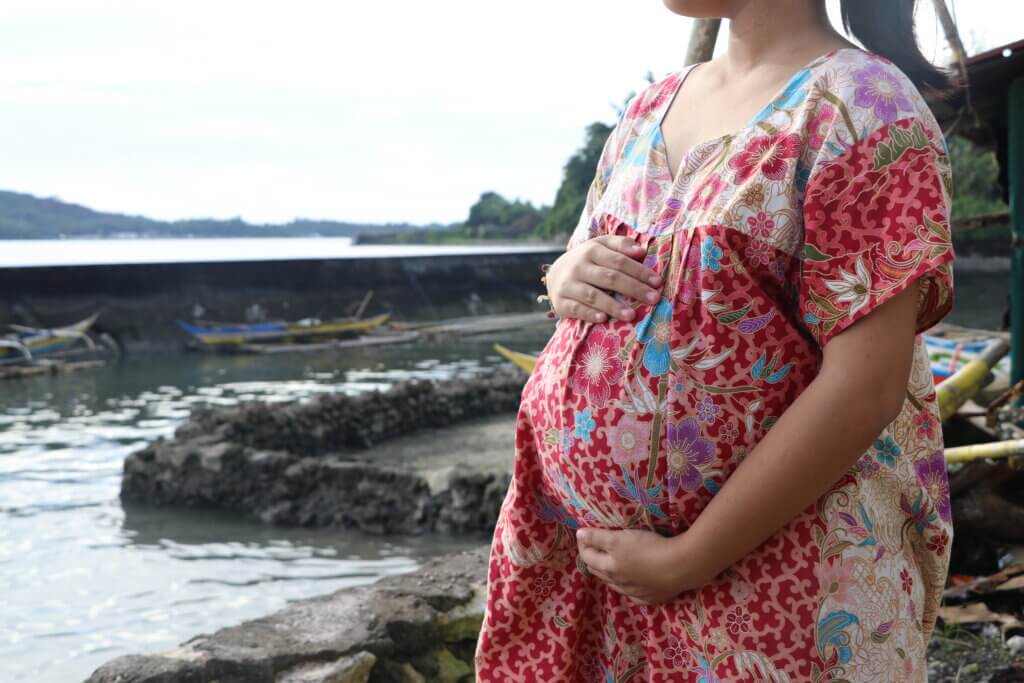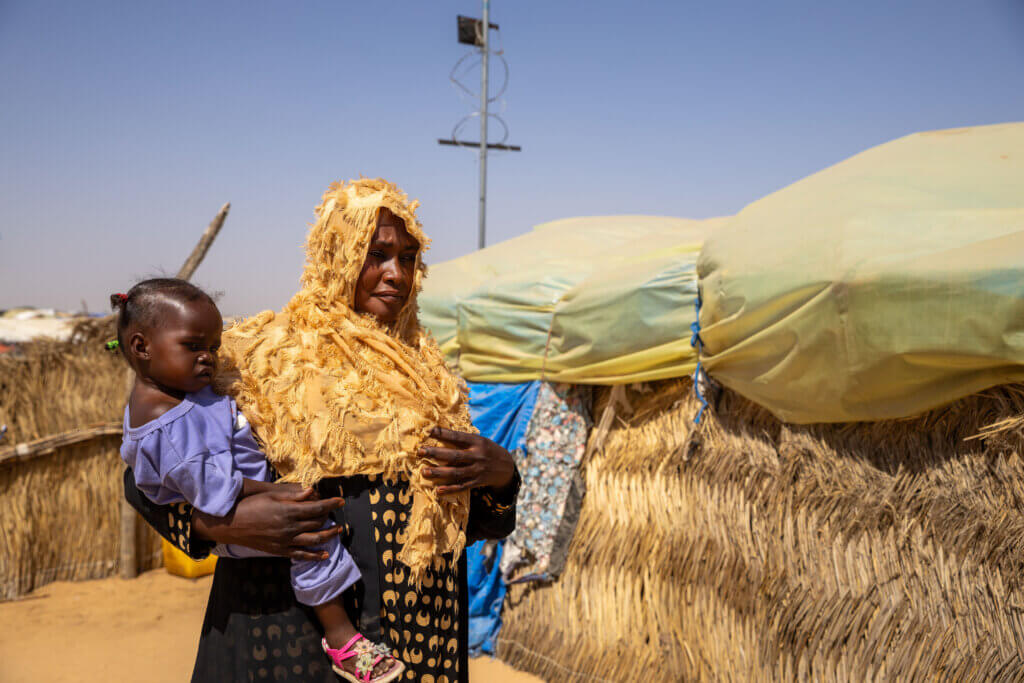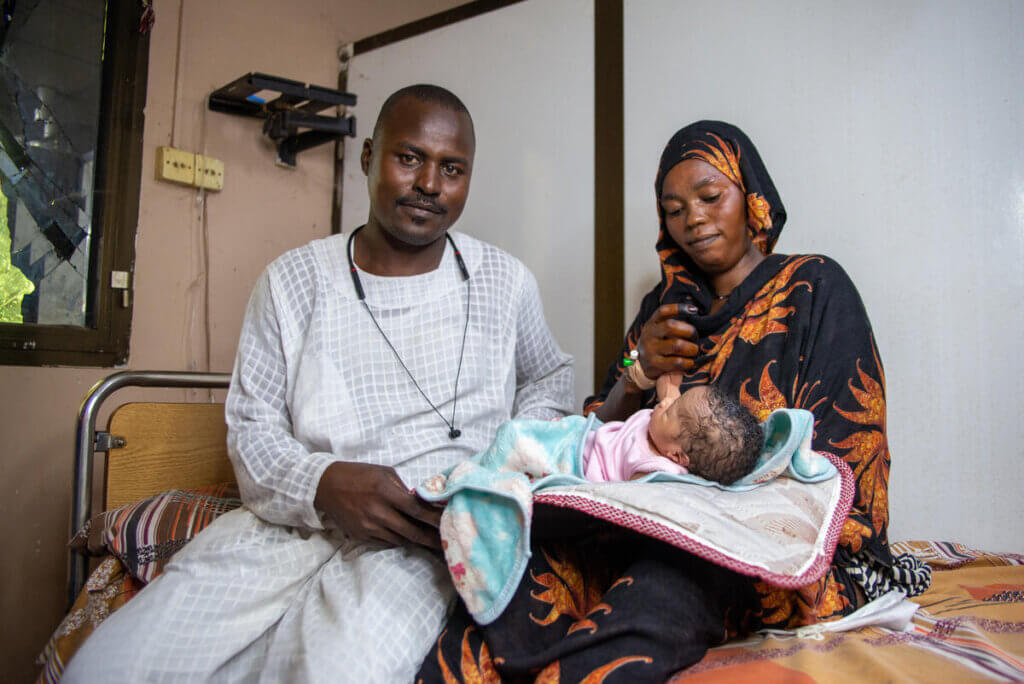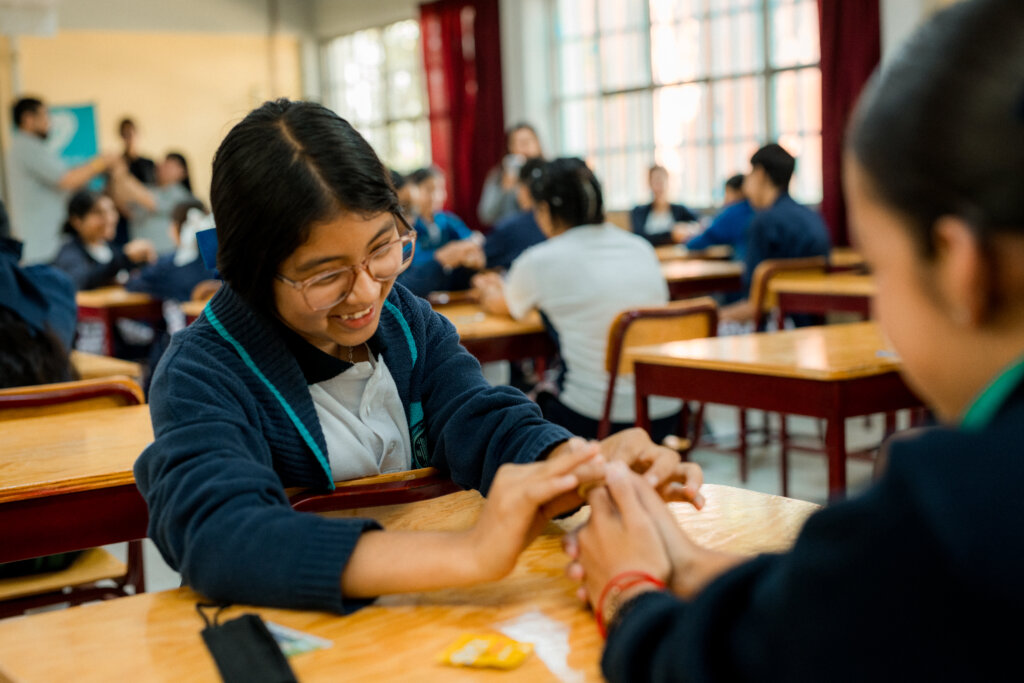What 14,000 Young People Told Us About the Real Fertility Crisis

Across the globe, people are sounding the alarm on record-low birth rates and an aging population. Some fear that the world is facing a “birth crisis” and may even be headed toward a “population collapse”. Often, women are blamed for declining populations and have been called selfish or out of touch with “their own internal desires”.
But while these alarmists are trying to pressure young women into having more children, they’ve failed to ask why women are making the choices they are.
That’s why, in preparation for our State of the World Population Report, we made sure to elevate the voices of the most important people in the fertility conversation: Young people.
We surveyed more than 14,000 men and women across the 14 countries that make up more than 37% of our global population and asked them about the so-called fertility crisis. Here’s what we found.

The Real Fertility Crisis
The numbers have not lied: Young people are having fewer children than previous generations. But this finding obscures the truth that some young people would like to have more children, but can’t, and other young people would like to have fewer children, but don’t have control over their bodies. The real fertility crisis is that young people are unable to have the families of their choosing.
Nearly 20% of reproductive-age adults believe they will be unable to have the number of children they want.
Most of the respondents said they expect to have fewer children than they want, none at all, or, in some cases, more than they want.
This underlines the true issue here: People want families that they either can’t afford or feel too insecure in the current political climate to bring forward. And on the other end of the spectrum, millions of people still lack access to family planning or are unable to make decisions for their bodies. They experience unintended pregnancies, meaning that they too cannot have the number of children they want.
1 in 5 respondents said fears about the future – such as climate change, environmental degradation, wars, pandemics, and more – would lead to them having fewer children than desired.
While policymakers attempt to increase birth rates by either incentive or by force, they fail to address the root cause for why millions of people are reducing their family sizes.
People will be much more likely to choose children when they feel safe, secure, and stable. But with ongoing conflicts, recurrent climate disasters, and the threat of another pandemic like COVID-19, many young people are reducing their family sizes.
39% of respondents reported that financial strain would affect their ability to realize their desired family size.
Economic anxiety plays a massive role in the decision to have fewer children. In many places, the costs of living and childcare have soared. For many women who continue to face gender inequality in both the workplace and in the home, the decision to have a child carries even more weight.
Far too many women are forced to choose between motherhood and their careers (and the financial security that careers bring). However, data shows that, when women have flexible workplaces and partners who carry their weight in the home, they are more likely to have the family sizes they desire.
Anastasia, a mother from the Republic of Moldova, shared with us how finances factored into her decision to grow her family: “When planning for [another] child, we considered whether we could support ourselves during my maternity leave and how to combine household tasks with work.”
Many people feel pressured to have children they don’t want or aren’t ready for.
Nearly 20% of survey respondents said they felt pressured to have children that they didn’t want. A quarter of men and one-third of women said they felt unable to say no to sex with their partner. And, 1 in 3 respondents experienced an unintended pregnancy.
The fertility crisis isn’t just about people having fewer children — it’s about people being denied the ability to choose their family size at all.

Real Voices, Real Concerns
Around the world, young people have shared their stories, worries, and reasons for having the family size that they do. These are their words.
“I want children, but it’s becoming more difficult as time passes by. It is impossible to buy or have affordable rent in my city. I also would not like to give birth to a child in war times and worsened planetary conditions if that means the baby would suffer because of it.” – A 29-year-old woman in Mexico
“I have one child but don’t plan on having any more. I am unable to do so due to financial instability, precarious employment, unaffordable housing, and the high cost of childcare and education.” – A 29-year-old woman in Zambia
“Bringing a child into the world is only one step. The real challenge is raising them. And for a favorable upbringing, there must be a good environment and adequate infrastructure.” – A 30-year-old man in Paraguay
“The future feels bleak despite the measures being taken by the government. Moreover, a lot of policies worldwide are against women’s healthcare. I feel that this pushes us to stay single and have no children.” – A 31-year-old woman in the Philippines
“Finding the right partner is important because I believe that raising a child should be a shared responsibility with emotional and financial support from both parents.” – An 18-year-old woman in India

The path forward: How we solve the fertility crisis
People’s decisions about if or when to have children are complex. They are balancing the desires of their partner, health considerations, job security, further education, family expectations, religious practices, equality in the home, the climate crisis, conflict, and economic outlook.
And solving this issue – either pushing young people toward having more or less children – is not as simple as offering “baby bonuses” or handing out free condoms.
It will take all of us, as partners, neighbors, voters, donors, policymakers, and champions for reproductive rights to address the underlying issues that prevent people from having the families they want.
The only way to solve the real fertility crisis – that millions of people are not able to create the family size they truly want – is to listen to the people. These are the five key items young people said they need in order to confidently bring children into the world:
– Quality healthcare: Healthcare must be accessible and affordable to both parents and their children.
– Partners who share the load: Many women shared worries about taking on the bulk of childrearing while maintaining their career. We must expect partners to be caring, supportive, and active in the work of raising children.
– Financial Security: People won’t plan to have children if they don’t feel secure in their economic situation. They need to be able to, at minimum, afford necessities like childcare, housing, and food for themselves and their families.
– Solidarity between generations: When individuals trust their leaders to prioritize future investments beyond the next election cycle, they feel secure in planning for the next generation.
– A world worth planning for: More people would choose to have children if they could be sure the world they are bringing them into offered a clean environment, a healthy economy, and a safe place to live.
We shouldn’t try to engineer fertility rates. Instead, we must ensure everyone has the freedom, resources, and confidence to create the families of their choosing. We must create a world that we can be proud for the next generation to inherit.
To learn more, read UNFPA’s full 2025 State of the World Population Report here.